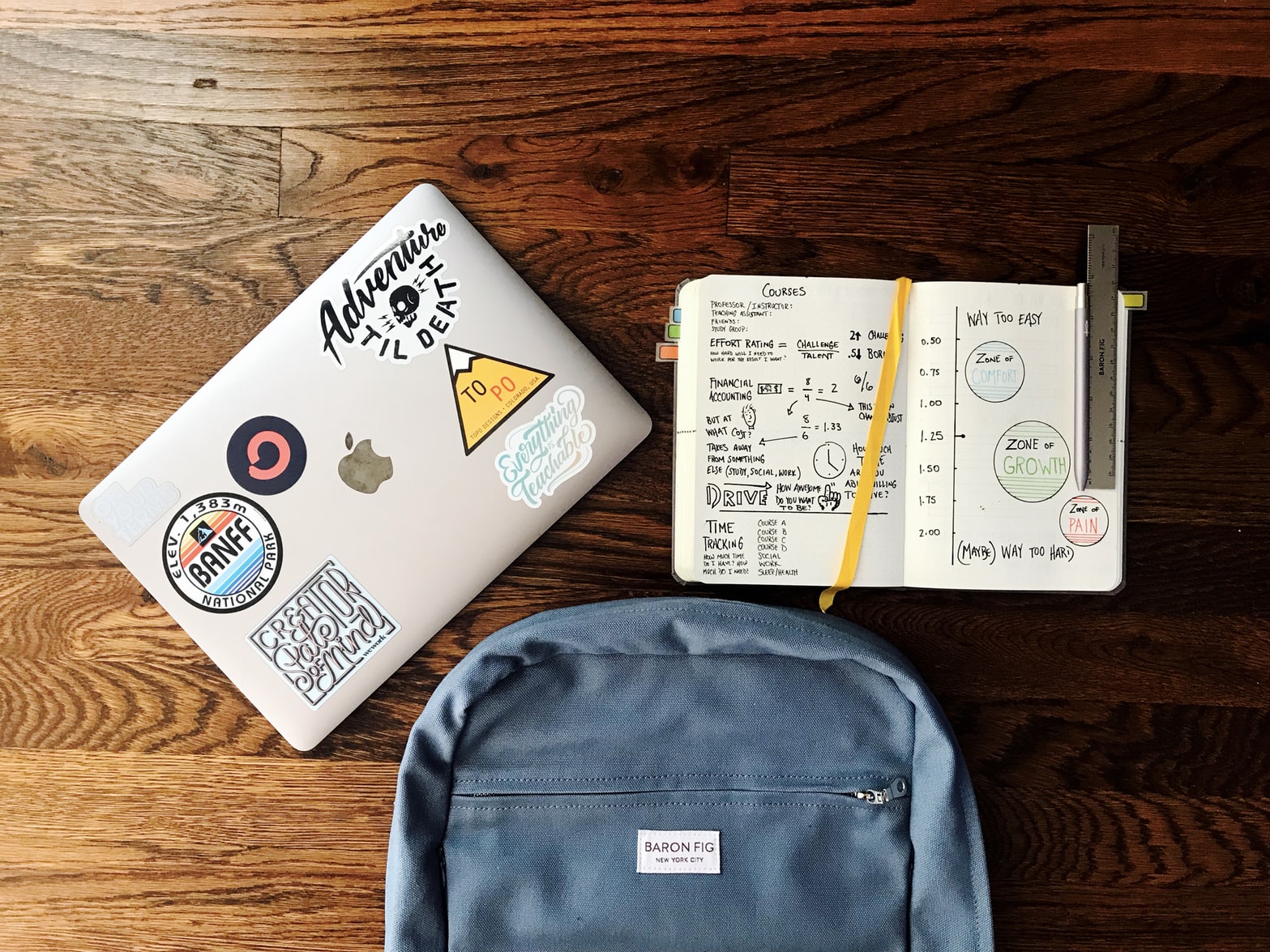When asked about her most important photograph to date, Brigitte Lacombe -one of the most revered and celebrated portrait photographers of our era- chose the one she took of Meryl Streep in 1988 for Time Magazine.
“I was surprised that Meryl Streep agreed to it, as I knew she committed so rarely. I was trepidatious, as I wanted to do well for the magazine, for myself, but mostly for her, because I knew she was doing it for me […] I felt Meryl was at her most, most beautiful that day. The portraits from that series are extremely simple, classic and pure. People remember them.”
The two women first met in 1978 on the set of Kramer vs. Kramer and established a rare artistic entente which has translated, since then, into a beautiful photographic collection of Streep’s filmography — as well as into true friendship. The mutual trust and admiration is not only acknowledged by Lacombe when reflecting on the Time portrait and its transcendence, but also clearly identifiable in the way Streep is captured at her most exposed and transparent; despite famously being one of the most camera-shy performers in Hollywood. This likely explains why very few shots in their collaborative repertoire show Streep out of character.
In Lacombe’s words, “Meryl’s never interested in being seen as herself […] She’s the only actress I know who really has no genuine interest or pleasure in looking at herself. She’s interested in the work she’s doing, and after that, she just wants to live her life, unobserved.”
Inevitably, the uniqueness of the Time portrait is deserving of further deconstruction. The first element that strikes about the shot is the overwhelming presence of negative space. Yes, it redirects the eye towards Meryl herself, but in this case it also helps portray her as a heavenly presence; a sparkle against the dark background whose appearance is confident and poised, but also very vulnerable. Interestingly enough, Lacombe decides to play with the effect of depth and dimensionality by bringing to the very foreground Meryl’s face, her hair and the turtle neck – which conveys great warmth; leaving the rest of the sweater at a supporting, slightly unfocused place. One cannot simply mention her long hair as just another element. It suggests motion, movement. While her eyes remain stuck somewhere we cannot see, the hair is untamed (and gorgeously female). On her facial expression, there is a cinematic softness to her jawline and chin as well as full exposure of her pointy nose. Perhaps it is this -exposure- the one word that sums up most accurately the portrait.
One can almost imagine Lacombe reassuring her subject: “I got you, this is a safe space, just be yourself”, and Meryl, shy and uninterested, more at ease and out of danger resting her eyes on the floor. The smooth texture is only upstaged by the choice of black and white, which conveys the timeliness of Meryl Streep as an icon, a label one can guess Streep herself feels uncomfortable with. It is a disarmingly honest portrait. What can we say of those photographs when Meryl chooses to stay in character? The composition tends to be very similar, with an omnipresence of negative space and Streep in the very foreground; with the notable exception of portrait 4: “Kramer vs. Kramer”, where she occupies the middle-ground and the camera, right up front, acts as the shield for her creative expression. All across the five selected Lacombe portraits, the common denominator is Streep’s playfulness. Beyond the striking level of versatility displayed, the actress showcases her many registers by committing herself to each role but in an edgy fashion. In portraits 1: “Doubt” and 2: “Mamma Mia!”, Streep no longer hides. This is not to say that she is not physically moving away -in the first of the two she covers half of her face with the palm of her hand- but she is nevertheless visibly comfortable and smiling in both cases. Again, she is the main subject but the relationship with her surroundings has changed. In “Doubt”, she owns the space and in “Mamma Mia!” she rests laying on the floor as in taking in one more breath, enjoying the Greek sun and seaside, as invested in the moment as one could ever be. The exact same could be said about portrait 3.-“Postcards from the Edge”, in which Lacombe ostensibly puts the focus on Streep’s marked cheekbones and the way the three-time Oscar winner, in character, allows herself to put on a flirtatious face.
In the photo “5.- The Devil Wears Prada”, the composition is once again simple and straightforward. Honoring the role, Lacombe allows her to get hold of a Prada bag and look intensely into the camera, her silver hairdo and complementing jewelry soliciting the eye. This is what Lacombe generally does when it comes to the composition of her in-character Meryl portraits: lots of negative space and a defining element, be it a bag, a nun habit, some make-up, a jumpsuit or a long ponytail. All in all, the Lacombe-Streep series stands out as a paradigm example of artists being ‘right there, right then’ – simply present. Lacombe generally favors grainy textures and sharp black-and-white contrast when she does not opt for dim or even pastel color palettes (Kramer vs. Kramer, Devil Wears Prada). The composition shares other common elements like the inevitable focus on the subject of the series, yet the relationship of Streep with her surroundings can be said to be distinct to each shot. Through each of the portraits that form part of Lacombe’s body of work, we get a sneak peek of the depths and shallows of Meryl Streep’s human experience. A tremendous woman, a force of nature of an artist who remains, Lacombe warns us, irreversibly grounded in the less glossy, divine and elevated aspects of life.
“I’m looking at Brigitte after all these years— we confront each other through the lens, and she does get it: ‘Take the picture! Get it done so I can go home!’”, Meryl declares.
It is hard to imagine the woman on the Time cover being the same person as that shown in subsequent shots of the series, but this is exactly where the grandiosity of Brigitte Lacombe’s work lies. On her ability to capture the complexities and contradictions of a committed yet withdrawn human being who seems to be in it just for the fun.
1. Doubt
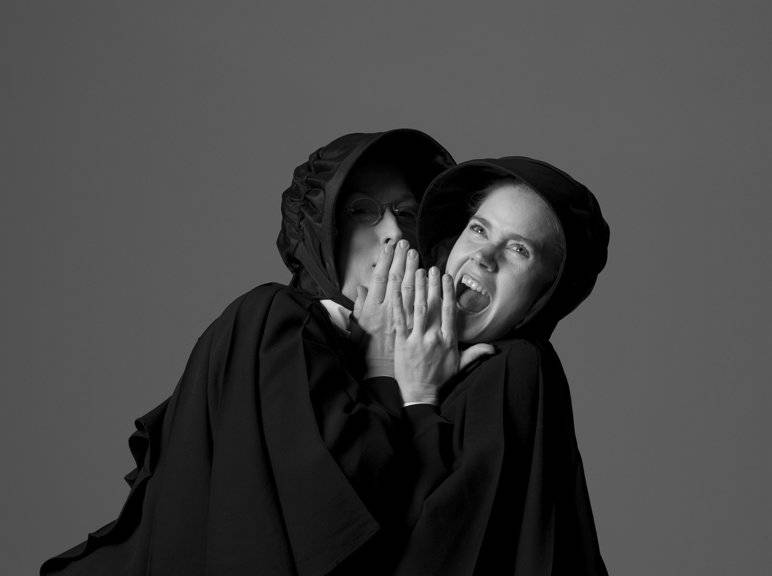
2. Mamma Mia!
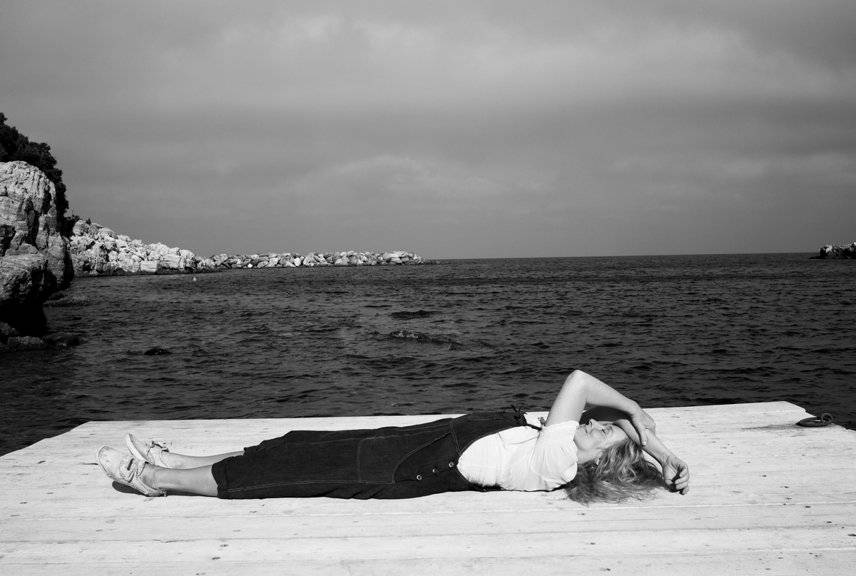
3. Postcards from the Edge
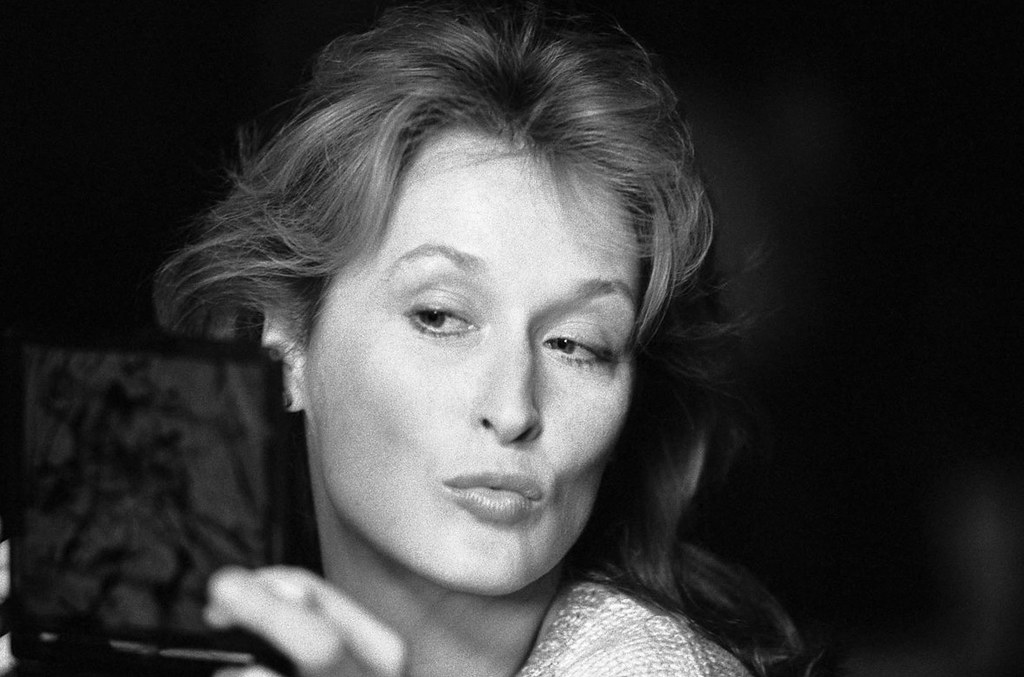
4. Kramer vs. Kramer
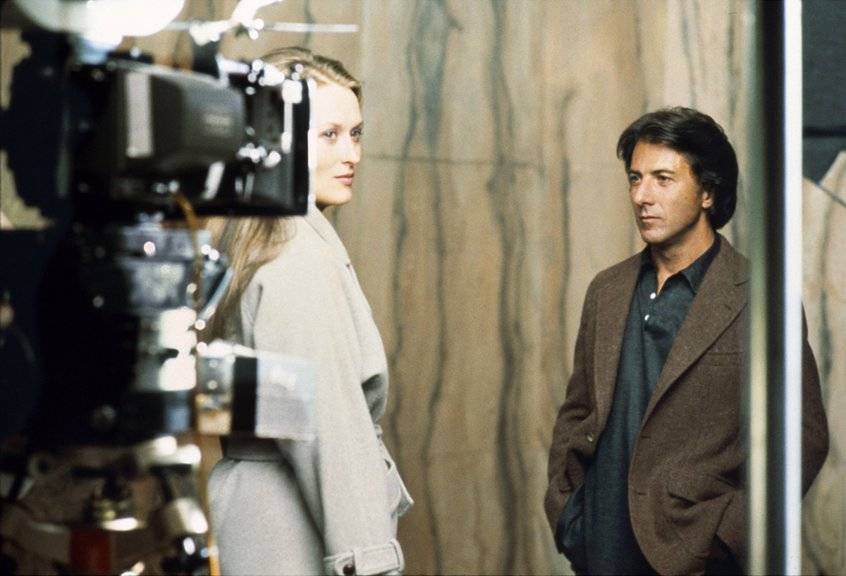
5. The Devil Wears Prada
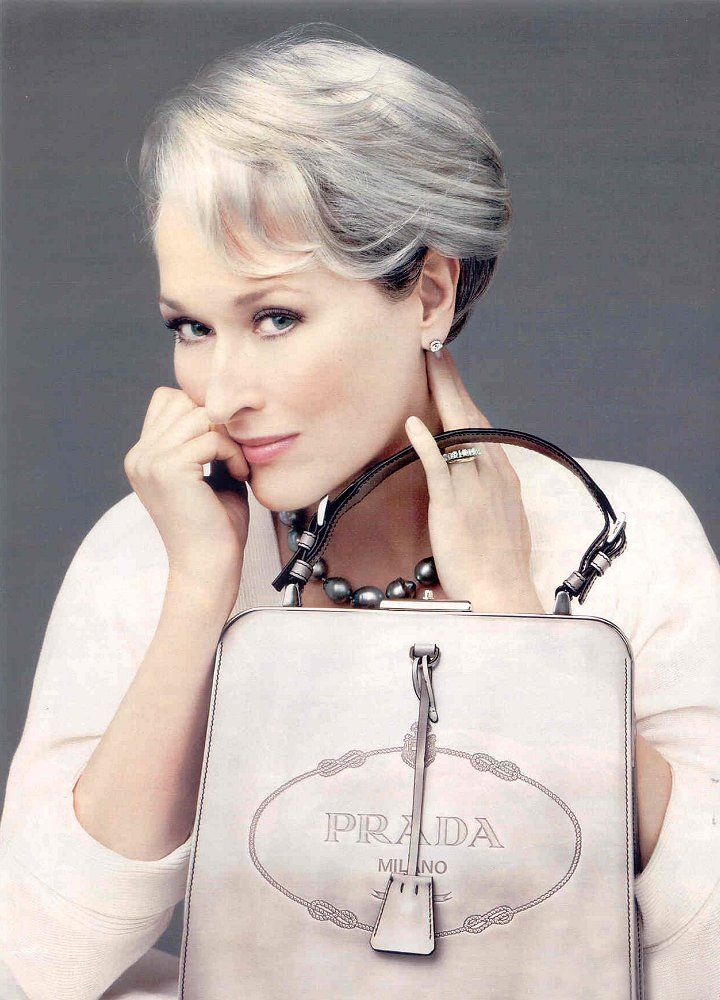
Sources:
Lacombe, Brigitte. “Meryl Streep: Leading Lady.” NOWNESS, 2012, www.nowness.com/story/ meryl-streep-leading-lady.
Lacombe, Brigitte. “Brigitte Lacombe’s Most Important Photograph: Meryl Streep.” Time, Time, 17 June 2015, time.com/3914600/my-most-important-photograph-brigitte-lacombe-newyork-1988/.
Gopnik, Adam. “An Investigation of Intimacy: Brigitte Lacombe’s Astounding Celebrity Portraits.” Vanity Fair, Vanity Fair, 16 June 2015, www.vanityfair.com/hollywood/photos/2015/06/brigitte-lacombe-astounding-celebrity-portraits.
PopRally. “Brigitte Lacombe and the ‘New’ MoMA.” Medium, Creative New York, 11 Jan. 2018, nyc.moma.org/brigitte-lacombe-and-the-new-moma-1de409cbb3c.
Spellings, Sarah. “A Famous Photographer Steps in Front of the Lens.” The Cut, The Cut, 3 Sept. 2019, www.thecut.com/2019/09/lynne-ramsay-captures-brigitte-lacombe-in-short-film.html



